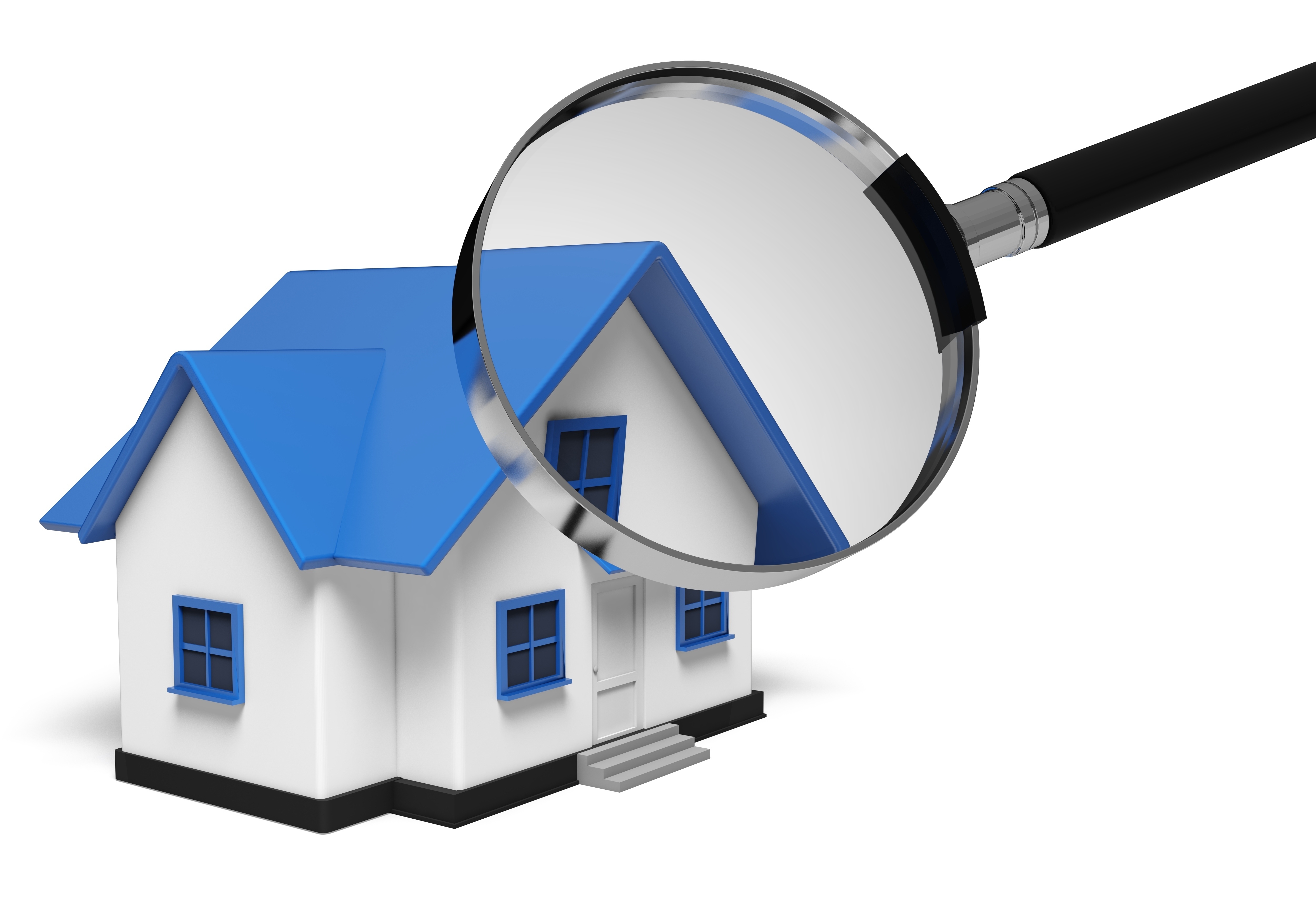
Understanding AppraisalsGetting real estate can be the most significant investment most will ever encounter. Whether it's where you raise your family, an additional vacation property or a rental fixer upper, the purchase of real property is an involved financial transaction that requires multiple people working in concert to pull it all off. You're likely to be familiar with the parties having a role in the transaction. The real estate agent is the most recognizable person in the transaction. Next, the lender provides the money necessary to fund the transaction. And the title company makes sure that all aspects of the exchange are completed and that the title is clear to pass to the buyer from the seller. So, what party makes sure the property is worth the amount being paid? This is where you meet the appraiser. We provide an unbiased opinion of what a buyer might expect to pay — or a seller receive — for a property, where both buyer and seller are informed parties. A licensed, certified, professional appraiser from Ken Rase & Co will ensure, you as an interested party, are informed. The inspection is where an appraisal beginsOur first responsibility at Ken Rase & Co is to inspect the property to ascertain its true status. We must see aspects of the property hands on, such as the number of bedrooms and bathrooms, the location, and so on, to ensure they really exist and are in the shape a typical buyer would expect them to be. The inspection often includes a sketch of the floorplan, ensuring the square footage is accurate and illustrating the layout of the property. Most importantly, the appraiser looks for any obvious amenities - or defects - that would affect the value of the house. Next, after the inspection, an appraiser uses two or three approaches to determining the value of real property: sales comparison and, in the case of a rental property, an income approach. 
Cost ApproachHere, the appraiser gathers information on local construction costs, the cost of labor and other factors to figure out how much it would cost to replace the property being appraised. This estimate often sets the upper limit on what a property would sell for. It's also the least used method. 
Sales ComparisonAppraisers become very familiar with the subdivisions in which they work. They thoroughly understand the value of particular features to the residents of that area. Then, the appraiser researches recent sales in close proximity to the subject and finds properties which are 'comparable' to the home in question. By assigning a dollar value to certain items such as remodeled rooms, types of flooring, energy efficient items, patios and porches, or additional storage space, we add or subtract from each comparable's sales price so that they more accurately portray the features of subject property.
A true estimate of what the subject might sell for can only be determined once all differences between the comps and the subject have been evaluated. At Ken Rase & Co, we are experts when it comes to knowing the worth of real estate features in Portsmith and Scioto County neighborhoods. This approach to value is most often awarded the most weight when an appraisal is for a real estate purchase. Valuation Using the Income ApproachA third way of valuing real estate is sometimes applied when an area has a measurable number of rental properties. In this case, the amount of revenue the property yields is factored in with other rents in the area for comparable properties to give an indicator of the current value. The Bottom LineExamining the data from all applicable approaches, the appraiser is then ready to stipulate an estimated market value for the property in question. The estimate of value on the appraisal report is not always the final sales price even though it is likely the best indication of what a property is worth. It's not uncommon for prices to be driven up or down by extenuating circumstances like the motivation or urgency of a seller or 'bidding wars'. Regardless, the appraised value is typically employed as a guideline for lenders who don't want to loan a buyer more money than they could recover in case they had to put the property on the market again. The bottom line is, an appraiser from Ken Rase & Co will guarantee you attain the most accurate property value, so you can make the most informed real estate decisions. |